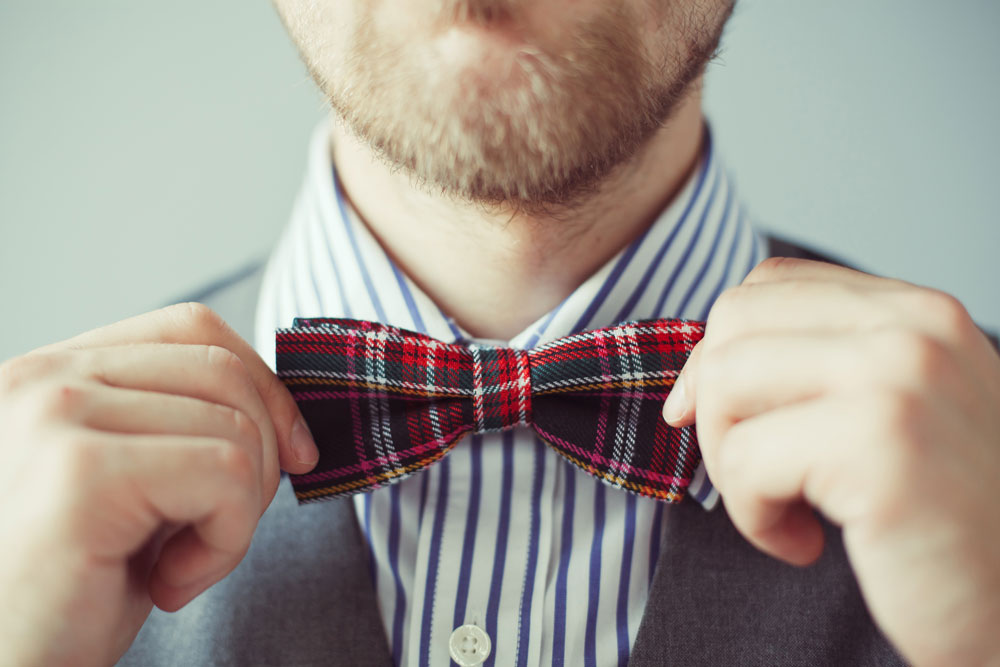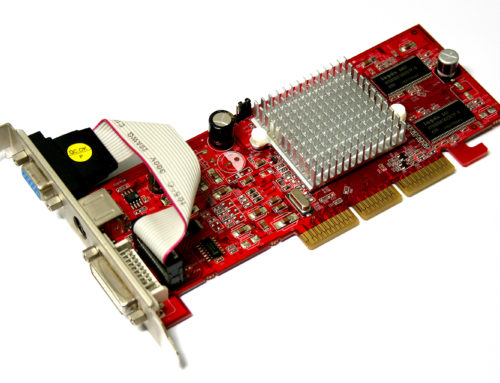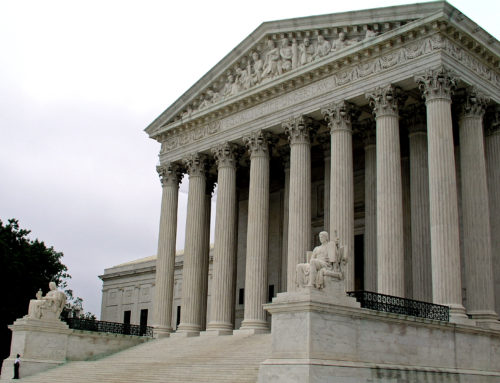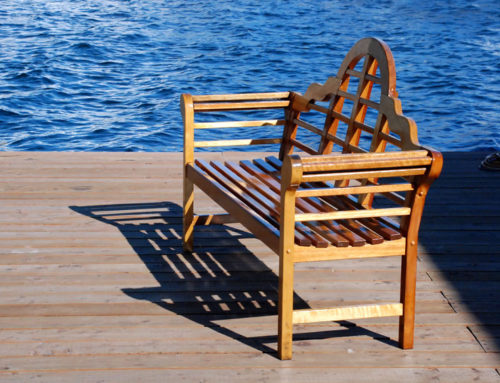My patent law office often receives calls from inventors seeking to protect their invention but are unsure whether they should file a utility patent or a design patent. Utility patents can protect the structure and function of the invention, whereas a design patent protects the ornamental design of an entire article or just a portion of the article. Design patents can also protect ornamentation applied to an article by filing a design application claiming just the surface ornamentation.
Unlike utility patents, design patents are limited to a single claim. However, simply because a design patent is limited to a single claim does not prohibit multiple embodiments. It is important to utilize the knowledge of a registered patent attorney to determine whether a single design patent application can be filed or whether multiple design patent applications should be filed.
Design patents also cannot protect the function of a device. If the shape or appearance of the design application is not unique, but instead is only directed towards functionality, then a design patent would not be proper. Offensive subject matter is also no considered patentable design patent subject matter.
Design Patent Elements Include:
[fusion_builder_container hundred_percent=”yes” overflow=”visible”][fusion_builder_row][fusion_builder_column type=”1_1″ background_position=”left top” background_color=”” border_size=”” border_color=”” border_style=”solid” spacing=”yes” background_image=”” background_repeat=”no-repeat” padding=”” margin_top=”0px” margin_bottom=”0px” class=”” id=”” animation_type=”” animation_speed=”0.3″ animation_direction=”left” hide_on_mobile=”no” center_content=”no” min_height=”none”][fusion_checklist icon=”ok-sign” iconcolor=”#f0c441″ circle=”no”]
- Preamble – The preamble includes the name of the applicant, title of the design, and a brief description of the nature and intended use of the article in which the design is embodied;
- Description of the Figures – The application must describe each of the figures, which typically includes the orientation of the Figure in relation to the other figures;
- Claim – A design patent application contains a single patent claim;
- Drawings – Drawings must be properly drafted and include the appropriate sides. The views of the drawings should contain enough views to completely disclose the appearance. Further, appropriate surface shading must be provided by the drawings.
- Oath or Declaration – A design patent must include an oath or declaration from the applicant.
[/fusion_checklist]
The drawing disclosure is vital in the filing of a design patent application. Mistakes with drawing views, format, and shading, for example, may cause the design to be considered nonenabling pursuant to § 112 of the patent laws. In some cases, the design patent application claims a benefit or priority to an earlier application. However, not all prior applications are available for claiming a benefit or priority. Similar to utility patents, the patent office will look at whether the design patent is novel and nonobvious to one of ordinary skill in the art, pursuant to §§ 102 and 103 of the patent laws. There are many other formalities and requirements. For this reason, it is so important to hire a patent attorney to draft and file your design patent with the USPTO.
[/fusion_builder_column][/fusion_builder_row][/fusion_builder_container]









Recent Comments